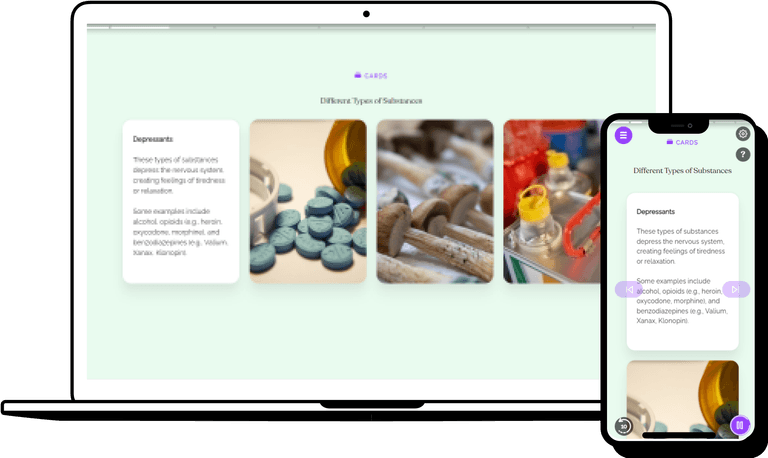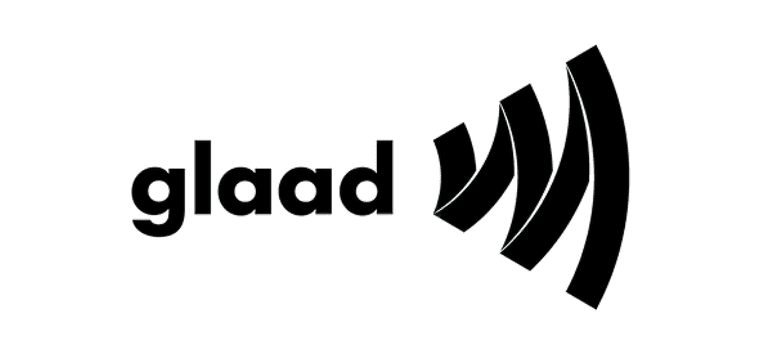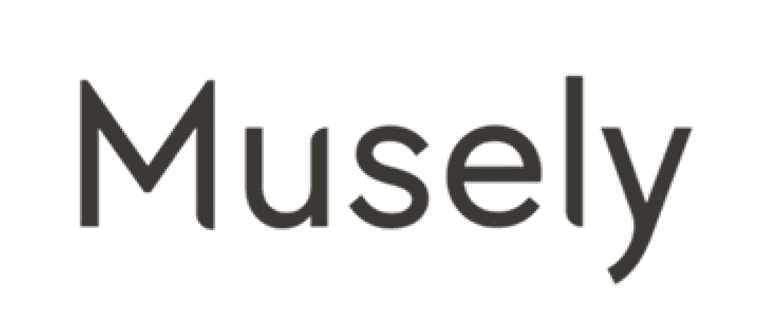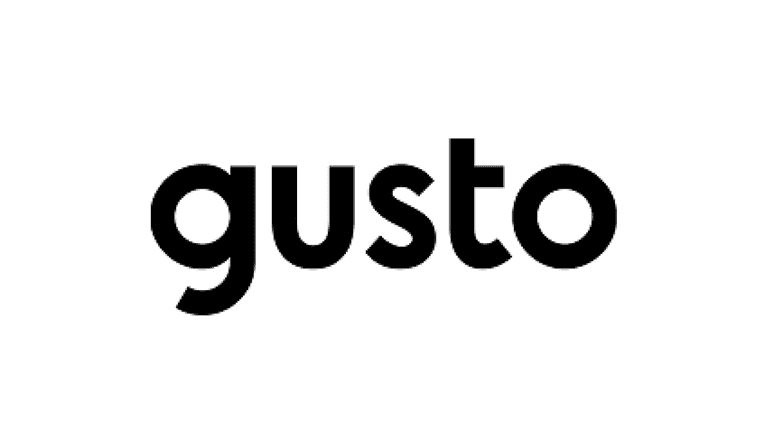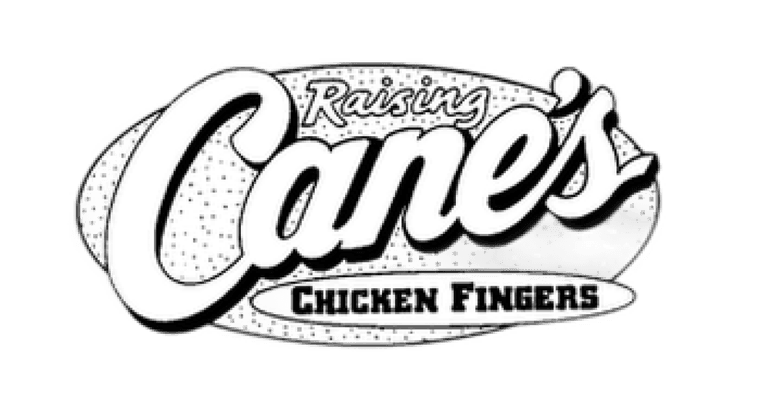What are Microaggressions?
While it’s common knowledge that ethnic slurs and sexist or ageist remarks are unacceptable in today's workplace, some subtle or unintentional comments, called microaggressions, can be less recognizable, but still have a negative impact on the workplace.

Microaggressions can lead to burnout and dissatisfaction
Microaggressions may appear to be harmless or even a compliment, but they contain demeaning hidden messages. They often stem from unconscious biases and they can make people feel judged, misunderstood, excluded, disrespected, and unsafe. People who are subjected to microaggressions often become disengaged at work, dissatisfied with their jobs, and experience burnout.
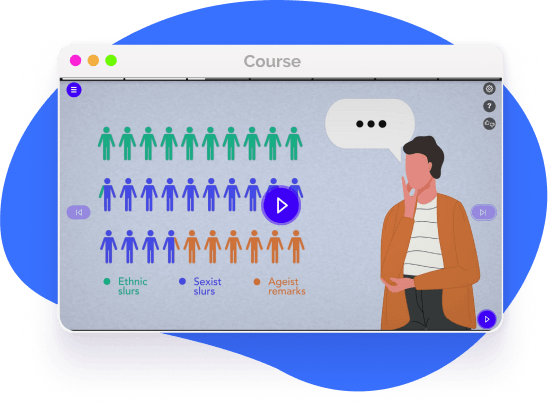
The Definition of Microaggressions
Microaggression refers to verbal and nonverbal slights, snubs, or insults, that are either intentional or unintentional and communicate hostile, derogatory, or negative messages based solely on someone’s culture, beliefs, or ideas. Microaggressions can also be environmental, meaning they are conveyed though our physical surroundings.
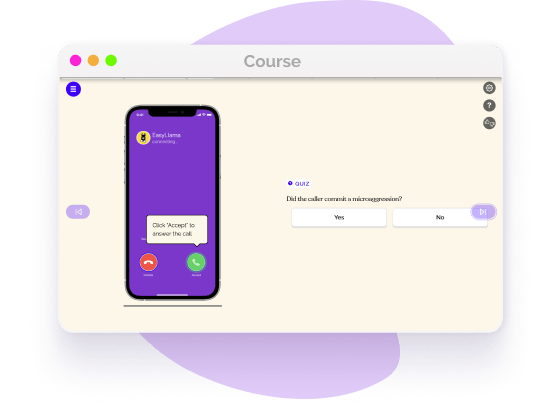
Microaggressions are harmful and can cause both short and long-term psychological effects on individuals, including stress, PTSD, burnout, and more. With effective workplace training, you can avoid these issues.
"When I look at you, I don't see color." A person who makes this statement might think they are saying a good thing, but this is an example of a microaggression. The comment denies the person of color's ethnic and racial experiences
"Love your hair! Is it real?” The person making the comment or thinking the thought might believe they are simply being curious, but in actuality, it is a microaggression, because it puts the other person in the position of being an object — inspected or explored for the interest of others.
"I swear leadership is bipolar. I wish they'd make up their mind on what we're doing." Ascribing people's actions or behavior to psychological or medical conditions can be considered a microaggression.

An example of microaggressions in remote work
Future Forum, a consortium focused on building a way of working that is flexible, inclusive, and connected, at the end of 2020 as workplaces started opening up after the pandemic shut-down, only 3% of Black professionals said they felt ready to return to in-person work, while 21% of white professionals felt ready. One reason given was that Black professionals felt buffered from microaggressions by working from home.
Examples of Non-Verbal Microaggressions
Microaggressions can be verbal, non-verbal, or environmental. Here are some examples of non-verbal microaggressions:
Here are some myths to look out for:
- -
A salesperson flagging a transgender shopper because they think the person's physical appearance does not seem to match the gender that is commonly associated with the name on their credit card.
- -
Touching the hair of a person of color without asking
- -
A man who touches a woman's waist or lower back as he passes her in a room.

Create a More inclusive workplace by identifying microaggressions
Creating a more inclusive workplace by identifying microaggressions with training is a key step in fostering a safe and welcoming environment for all. EasyLlama’s workplace training can help employees become aware of the subtle or unintentional comments, questions, and behaviors that can be considered microaggressions. Through education and awareness, employees can become more sensitive to the impact of their words and actions on others.

Helping over 8,000 organizations create a safer, more productive workplace
Terms such as prejudice, unconscious bias, microassault, microinsult, and microinvalidation are thoroughly explored to facilitate employee understanding, therefore guiding learners to meet your organization's DEI objectives.


